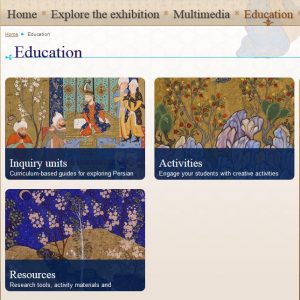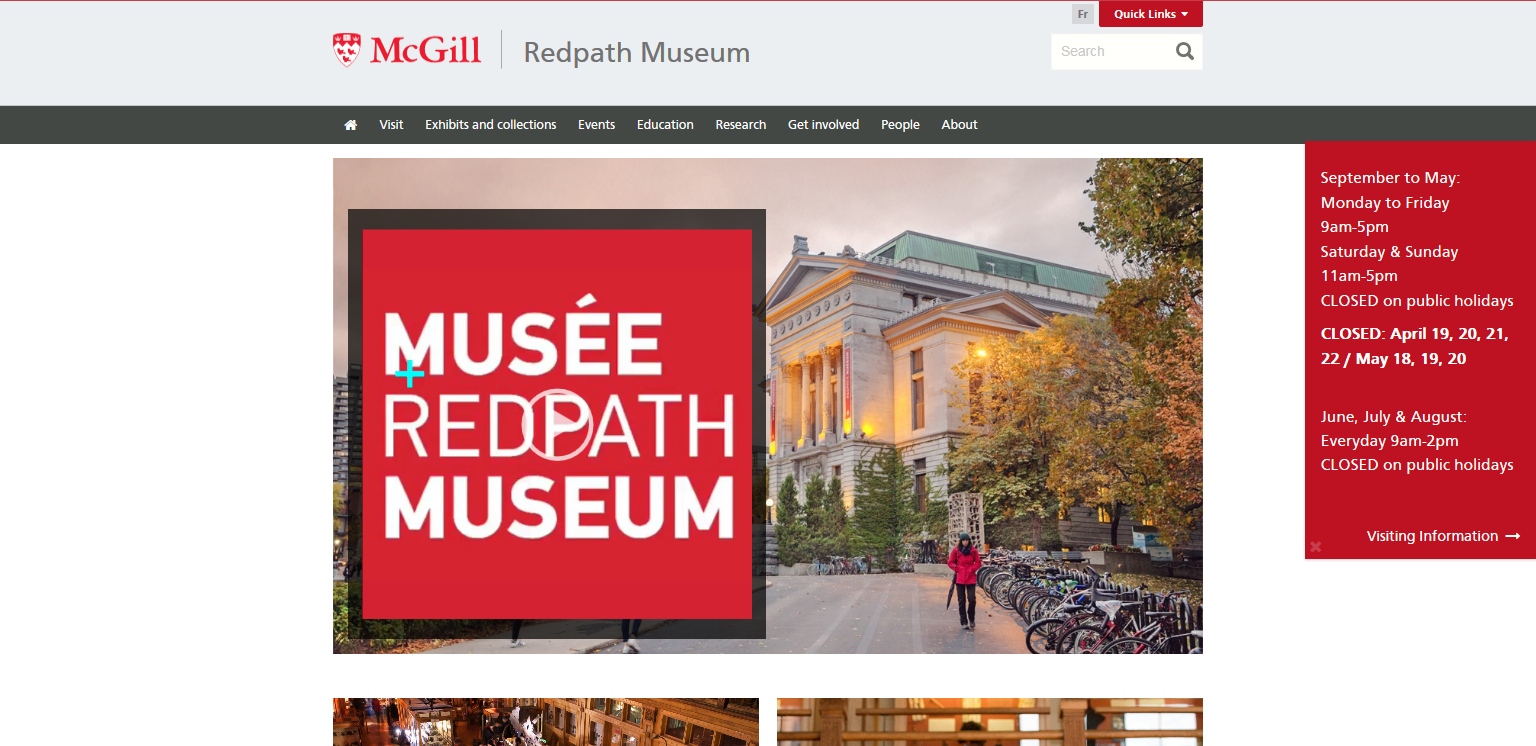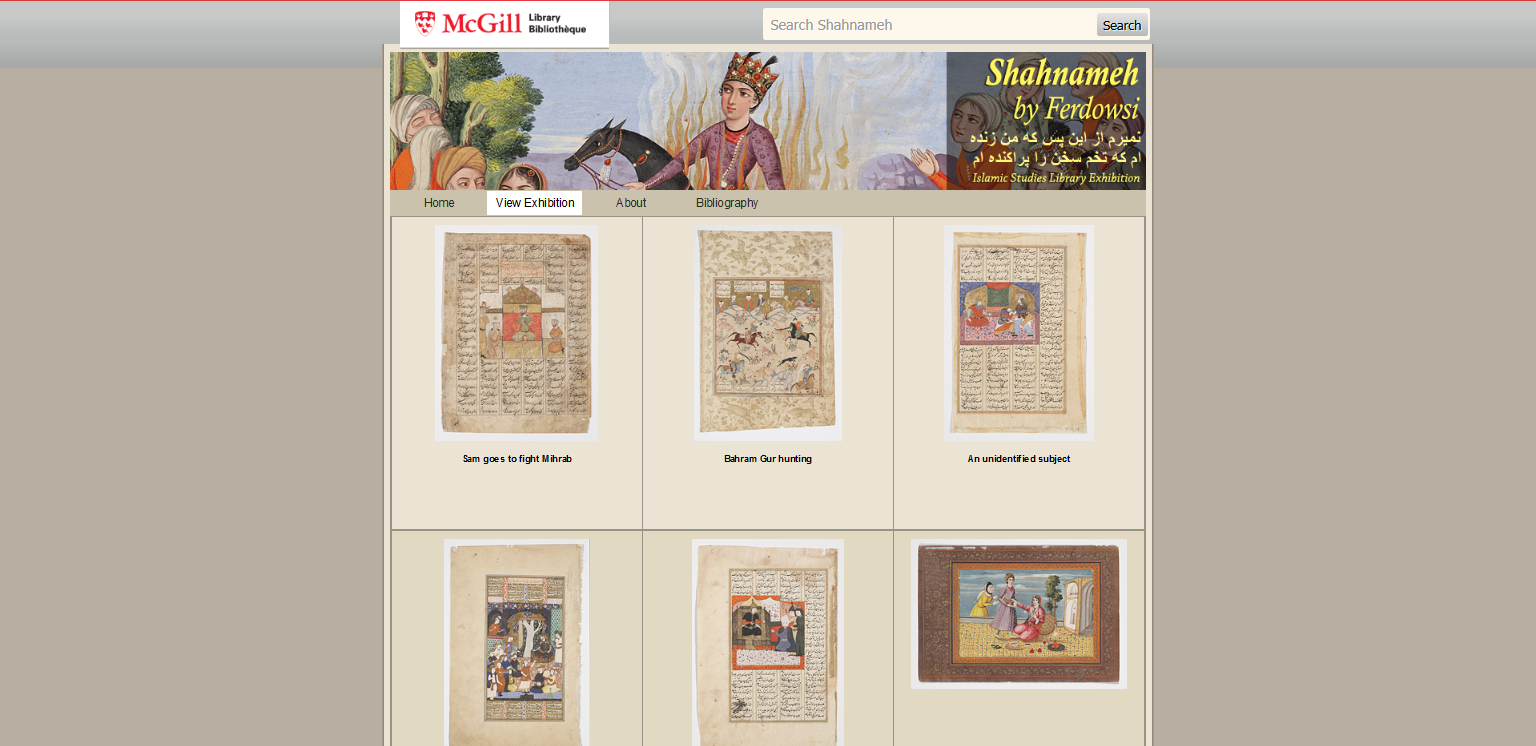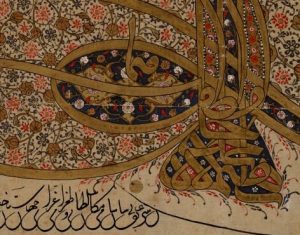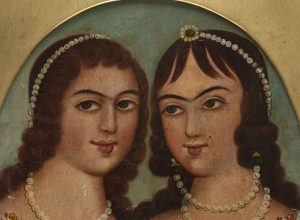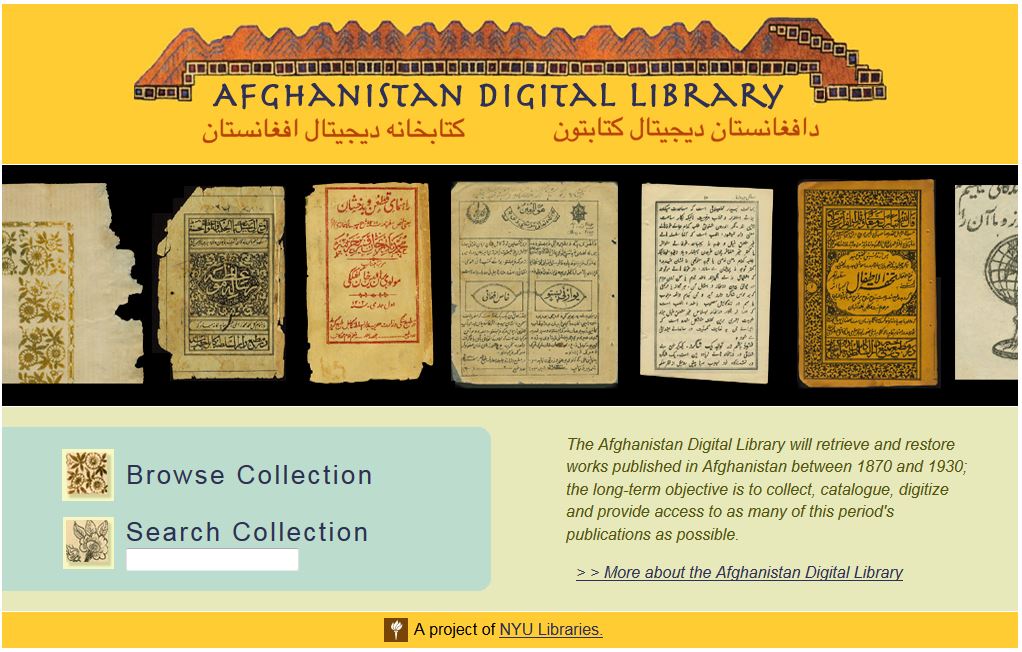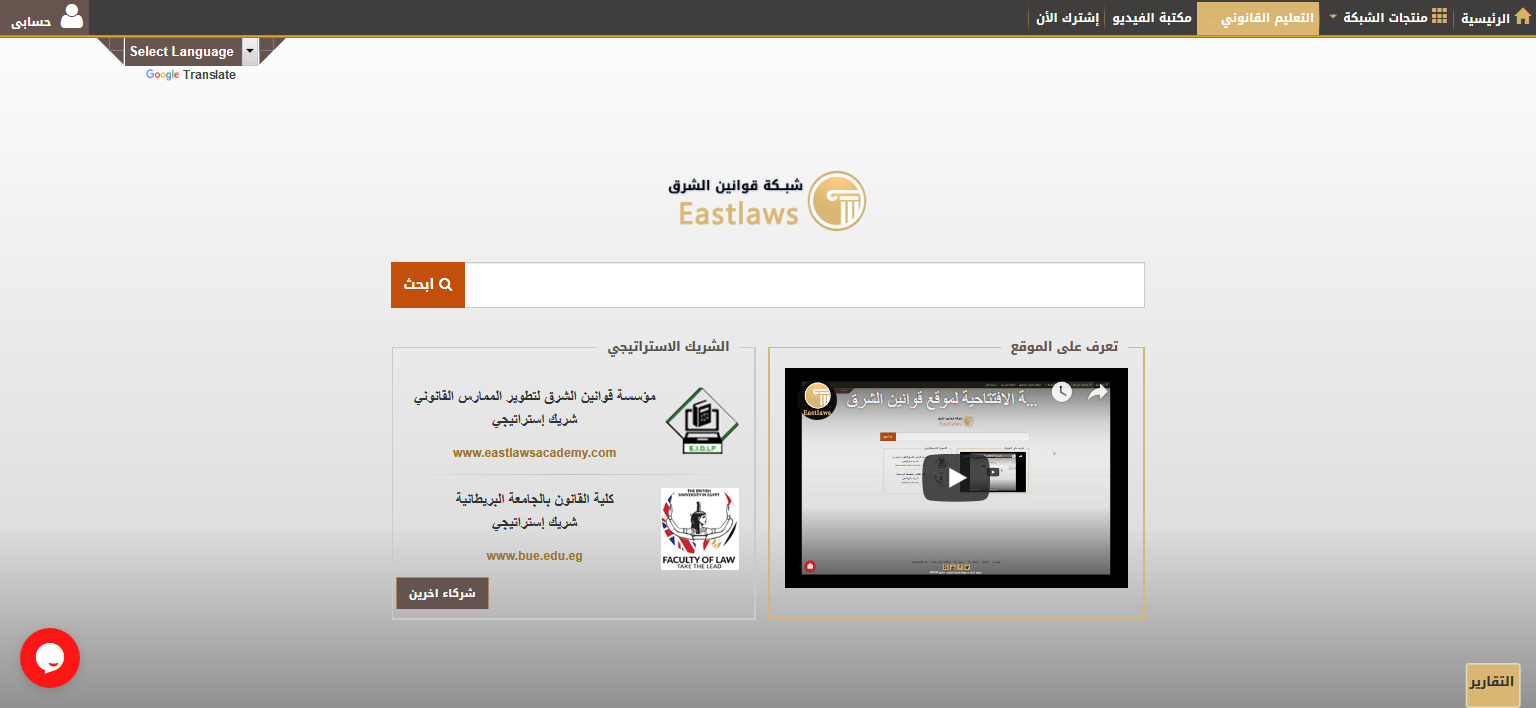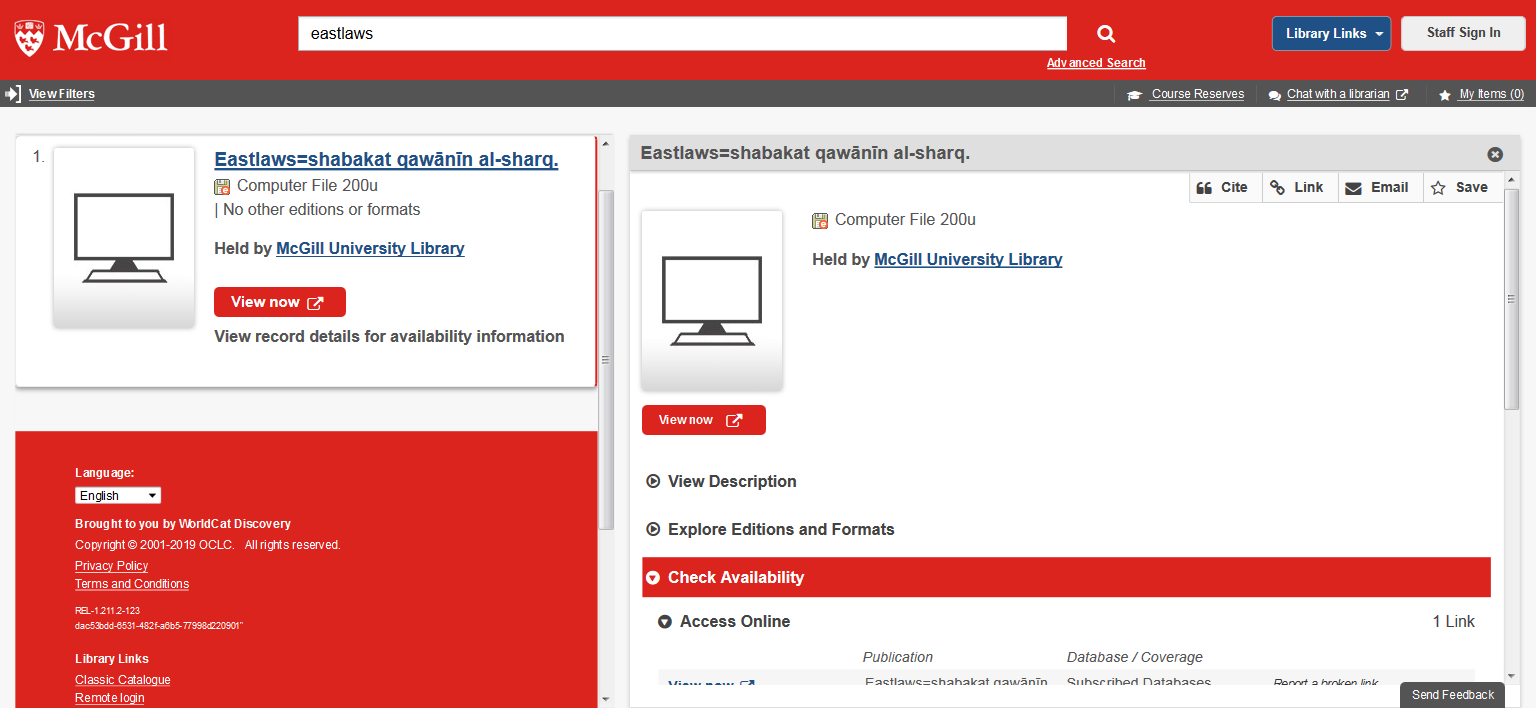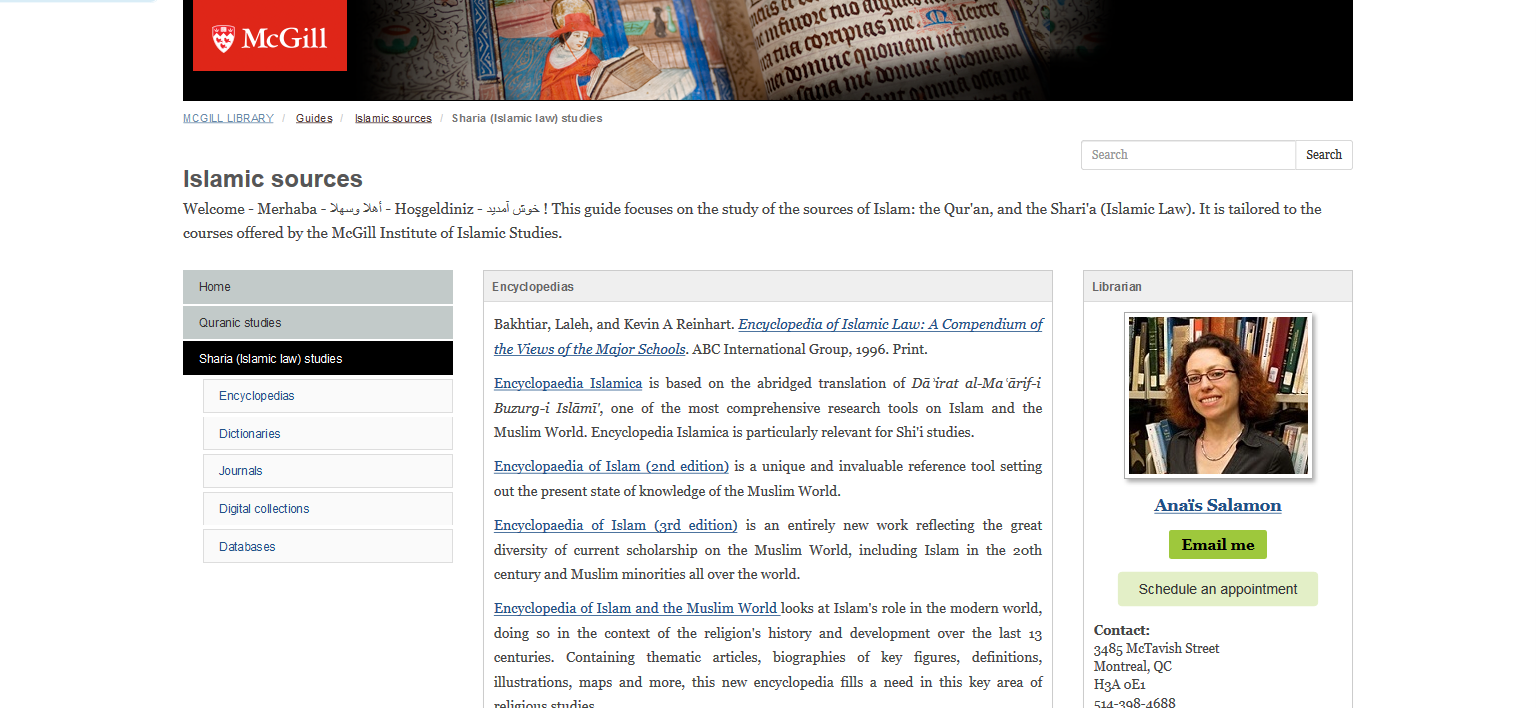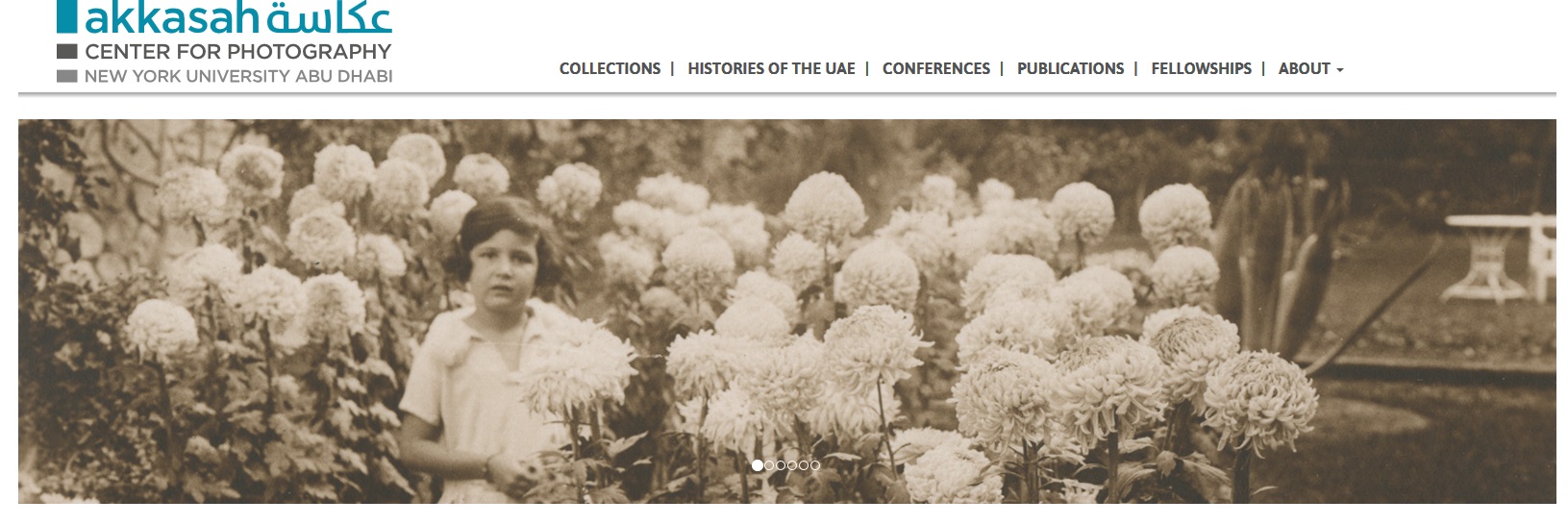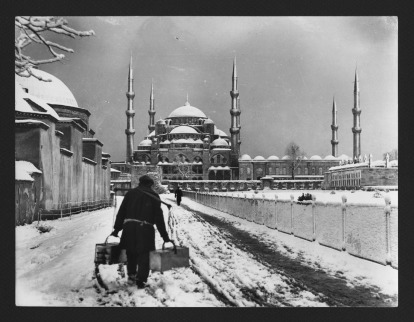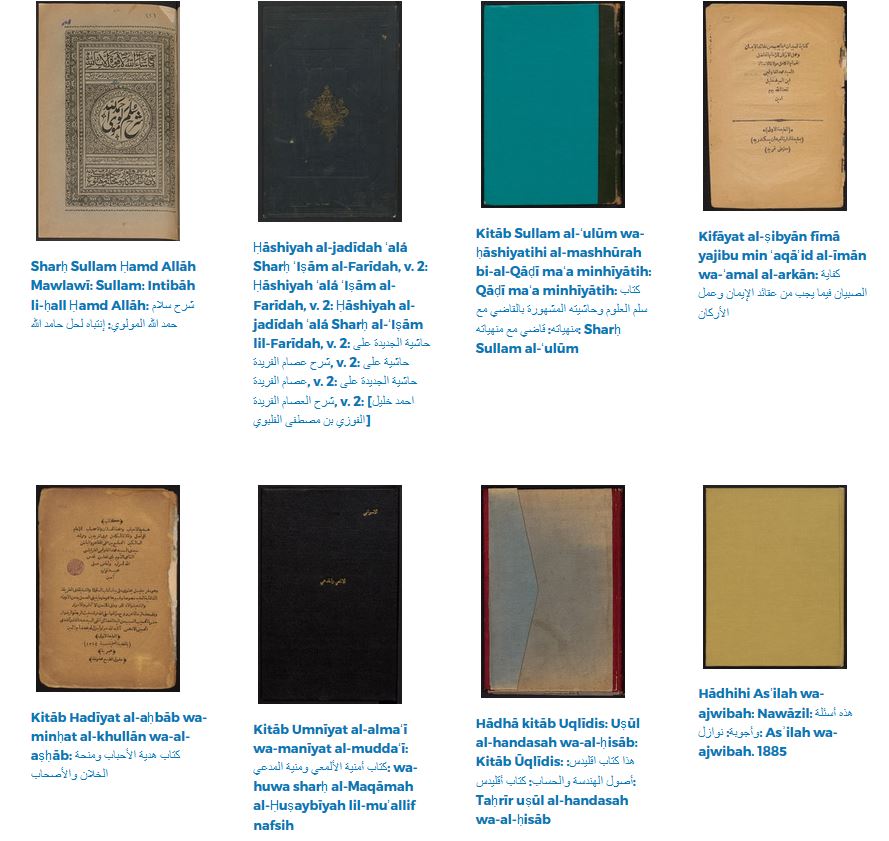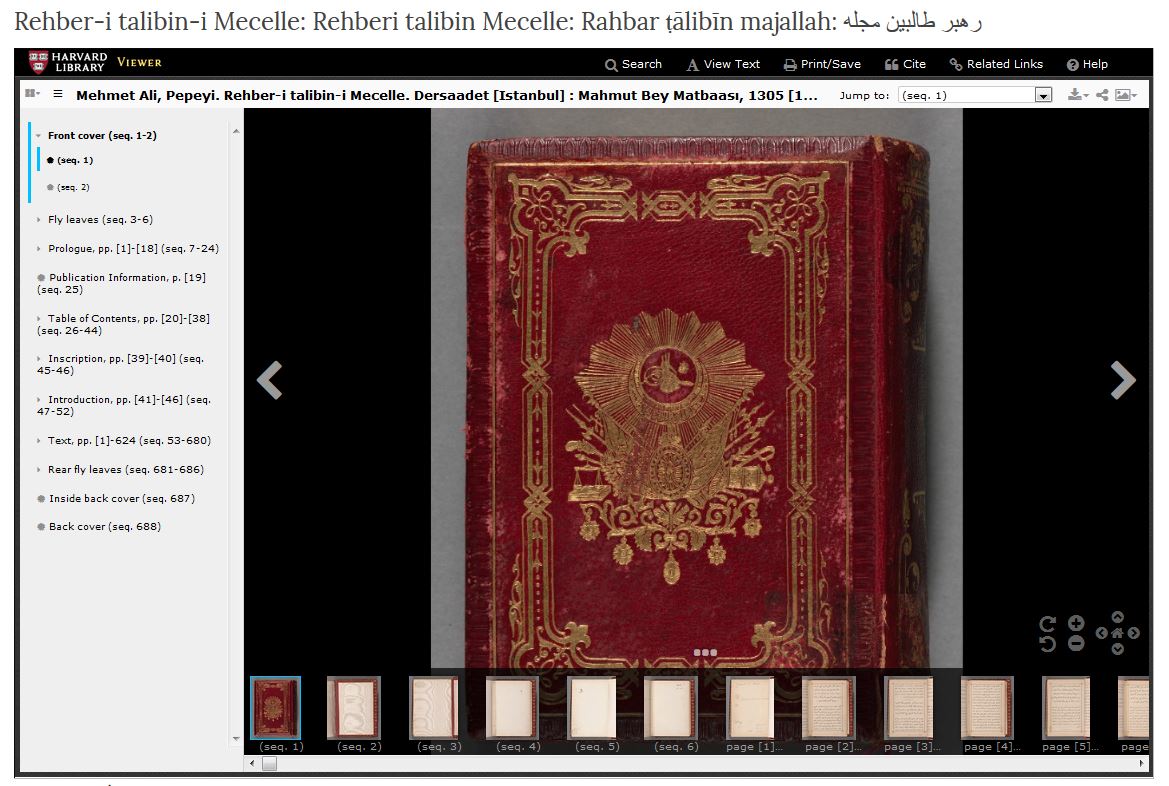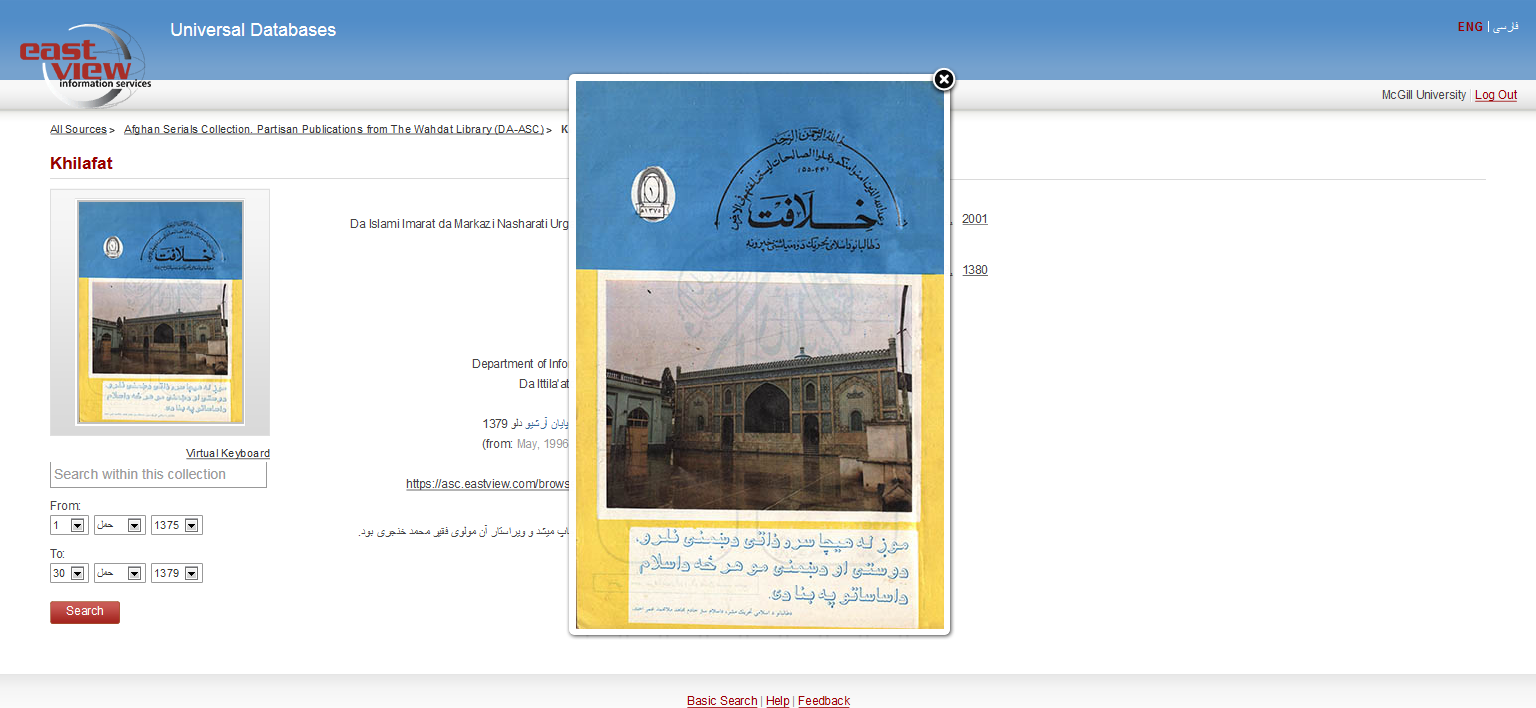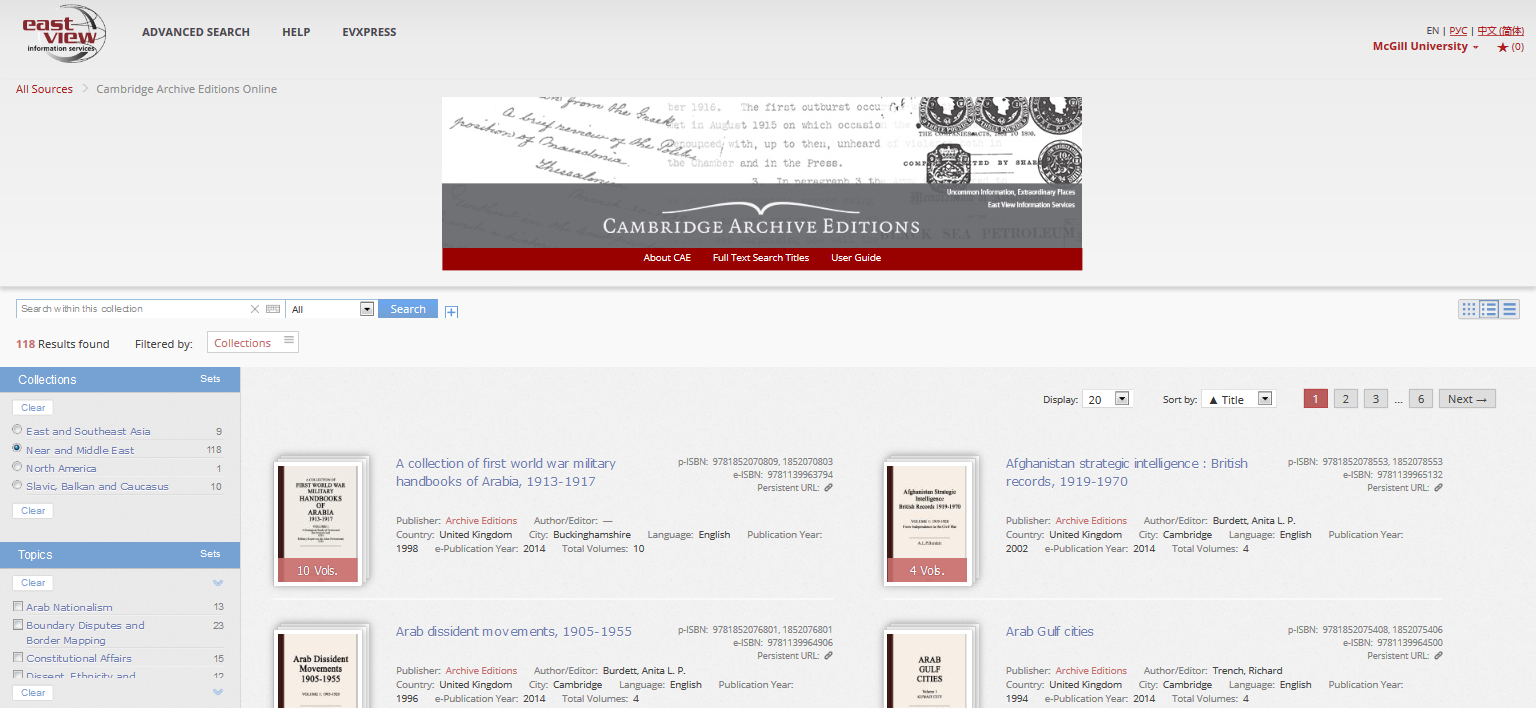After displaying a physical and touch table exhibitions in the Winter of 2018, the Islamic Studies Library is pleased to launch the online version of If Walls Could Speak: The History of Morrice Hall. Accessible from the main page of our blog (see capture below), this online exhibition retraces the history of Morrice Hall currently home to McGill’s Institute of Islamic Studies (IIS), Islamic Studies Library (ISL), and Tuesday Night Café Theatre (TNC).
Using a mix of drawings, photographs, plans and maps, publications, and video, this online exhibition takes you through the history of the building since its construction in 1882: from Presbyterian College, to war hospital, to offices for the International Labour Organization during WWII, to a house for McGill University departments.
- Foundation page of the online exhibition, 2019.
- Expansion page of the online exhibition, 2019.
- Interruption page of the online exhibition, 2019.
- Renovation page of the online exhibition, 2019.
The original display was curated by y Ghazaleh Ghanavizchian (Senior Library Clerk, ISL), Jillian Mills (Senior Library Clerk, ISL) and Anaïs Salamon (Head Librarian, ISL) with the help of Gregory Houston (New Media & Digitization Administrator, Digital Initiatives) for the creation of the Touch Table exhibit.
This online version is the result of a School of Information Studies practicum student -Gabriela Cestero-‘s work in the Winter 2019, with the support of Ekaterina Grguric (User Experience and Digital Technologies Librarian, Digital Initiatives) and Gregory Houston (New Media & Digitization Administrator, Digital Initiatives).
Special thanks go to the McCord Museum, the Presbyterian Church in Canada Archives, and Library and Archives Canada for allowing us to publish photographs from their collections. Please note that copyright rests with them, and that any download or reproduction remains subject to their approval.


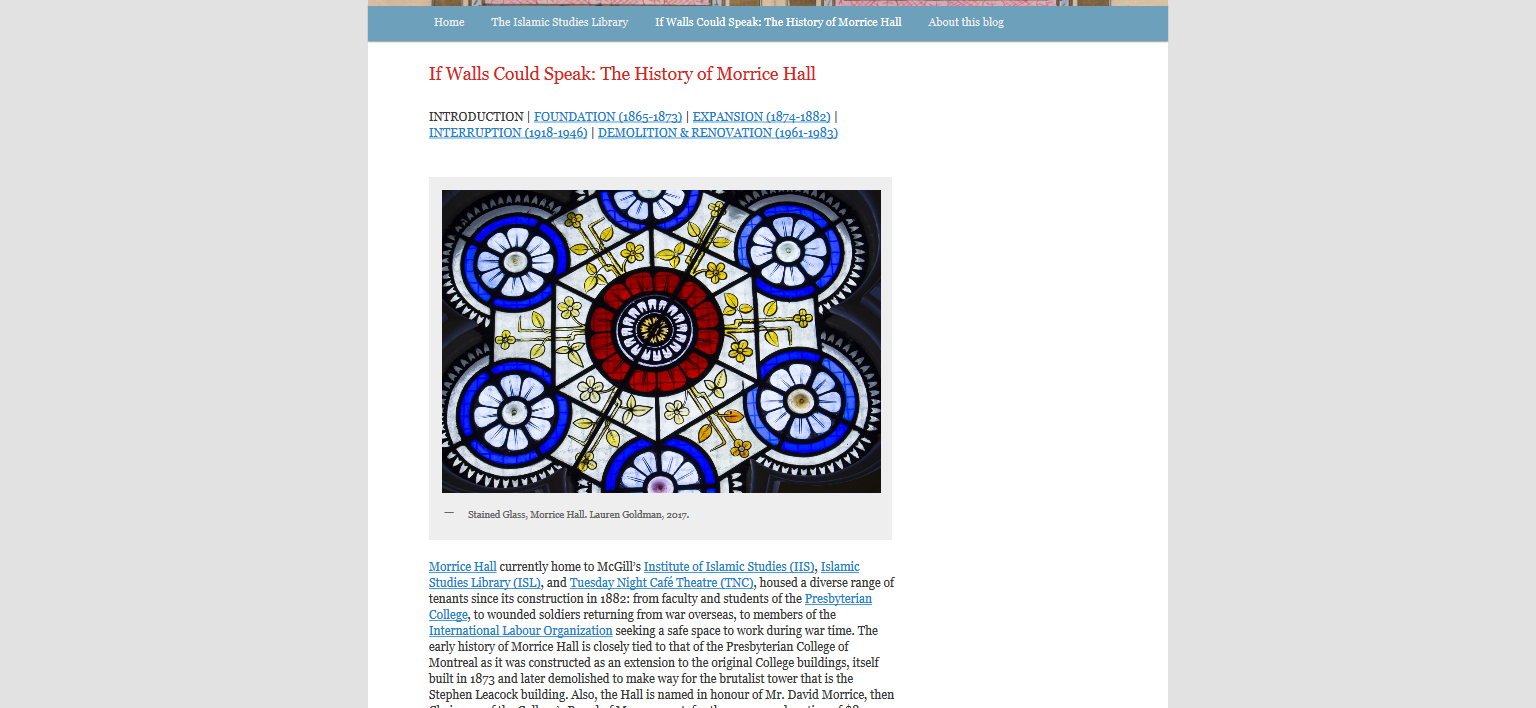
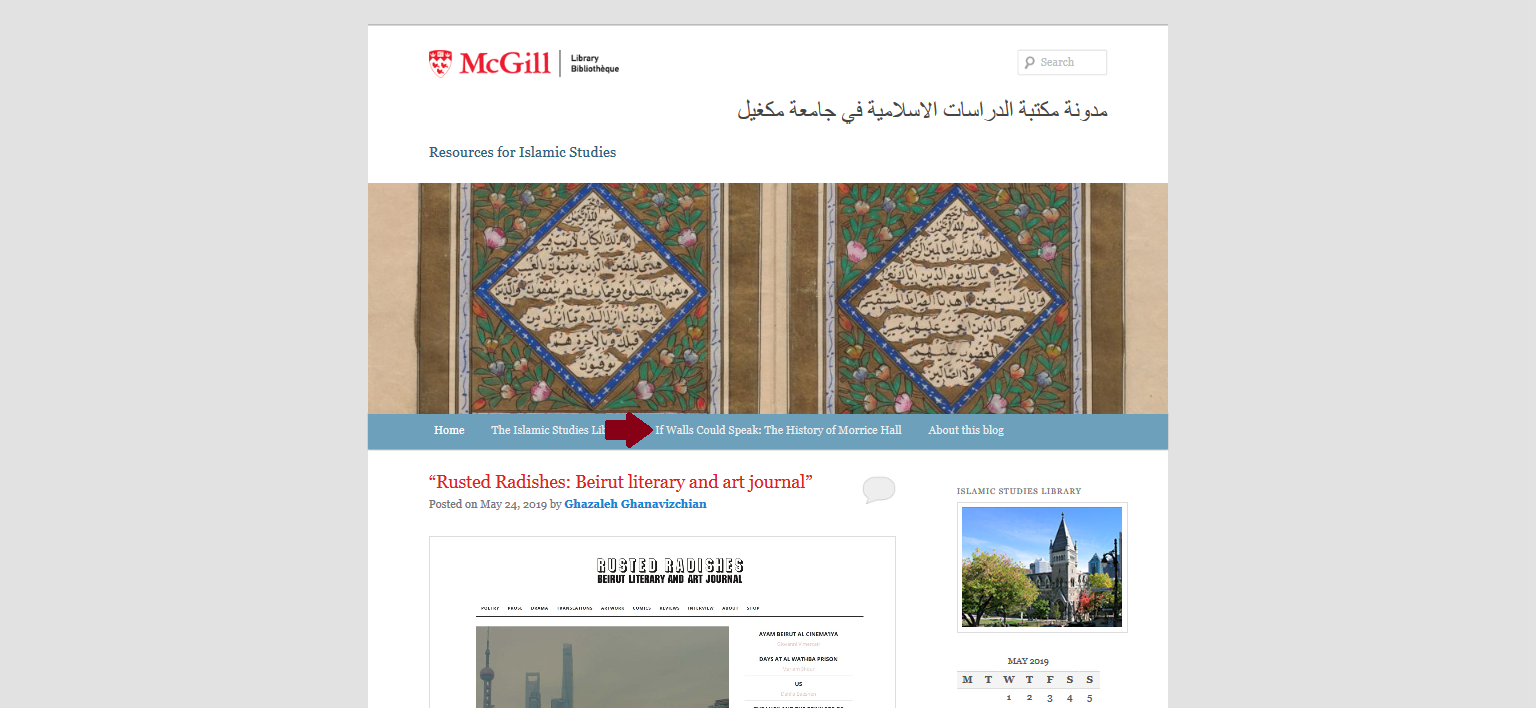

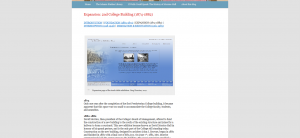
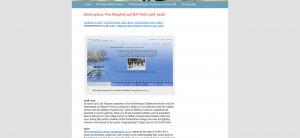
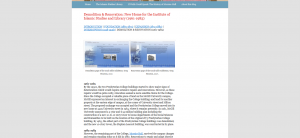
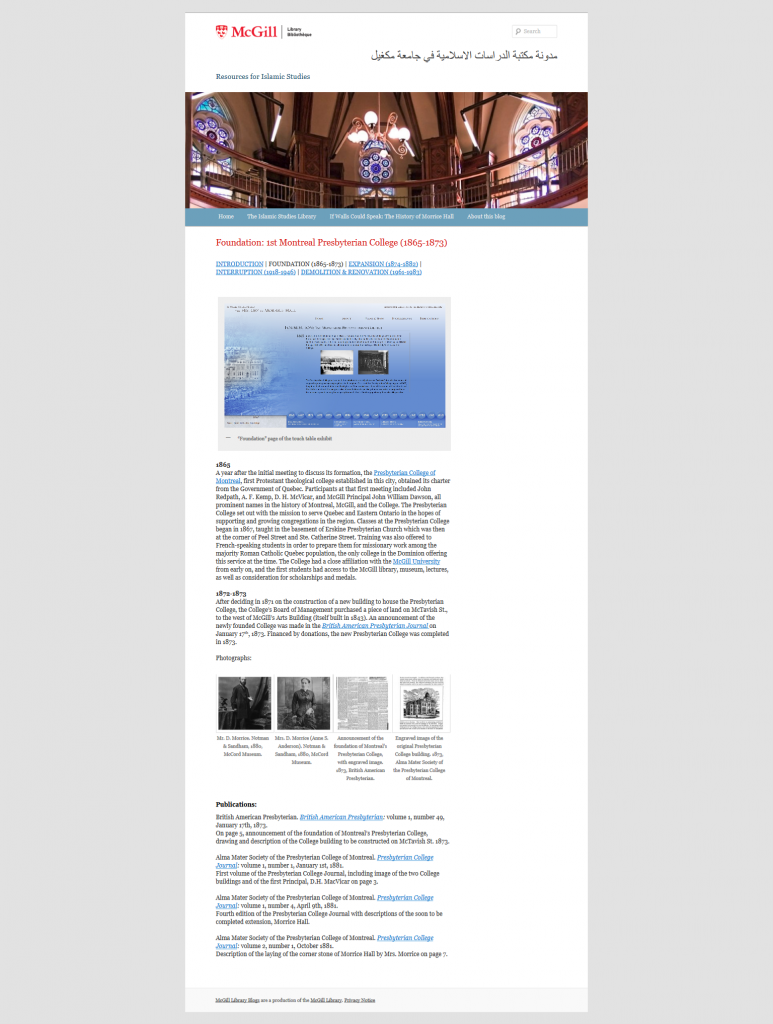

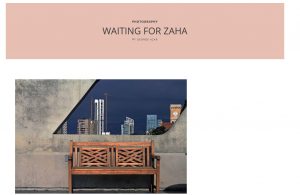
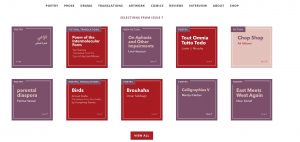
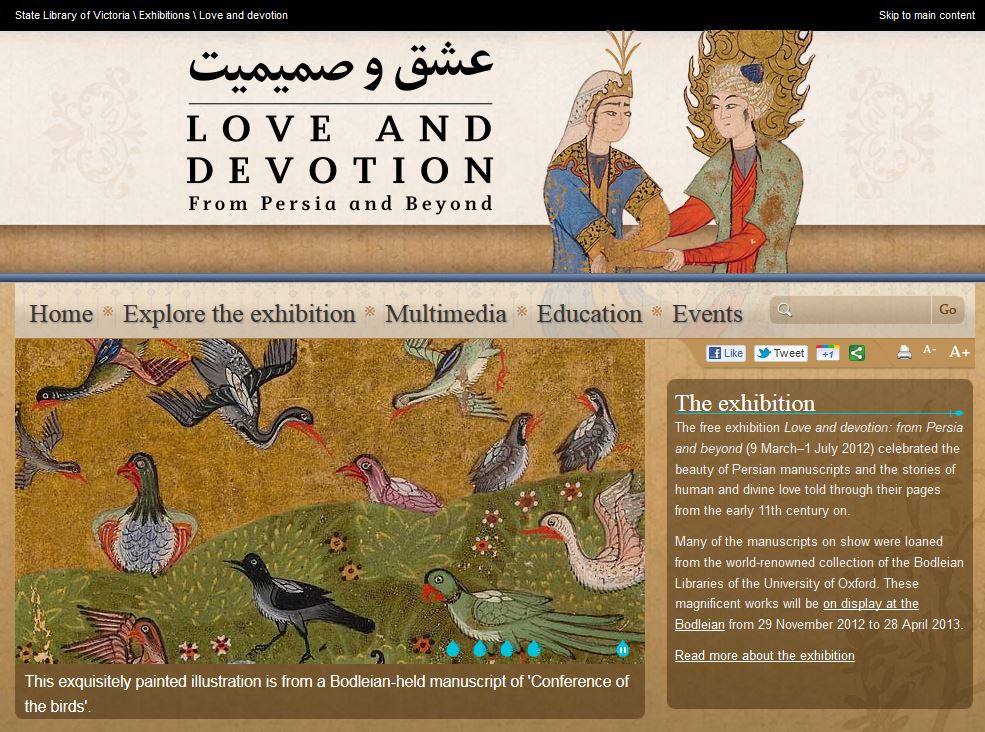
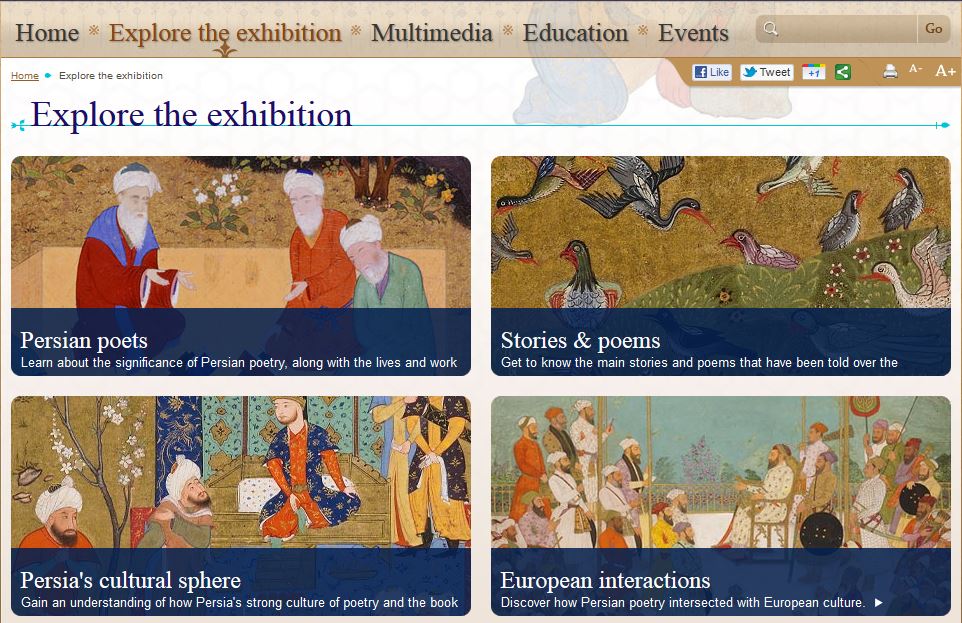
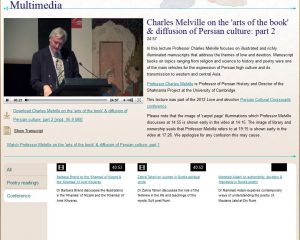 Multimedia section includes audio recordings of Persian poetry readings and video recordings of past conferences that address the theme of Love and devotion.
Multimedia section includes audio recordings of Persian poetry readings and video recordings of past conferences that address the theme of Love and devotion.